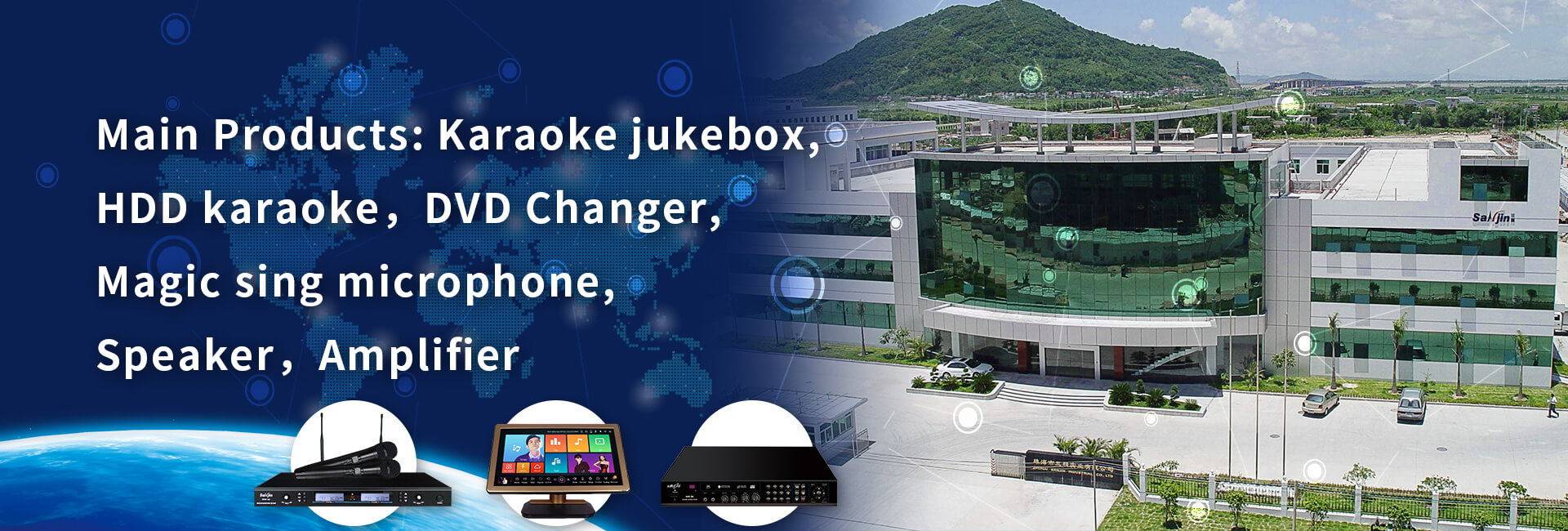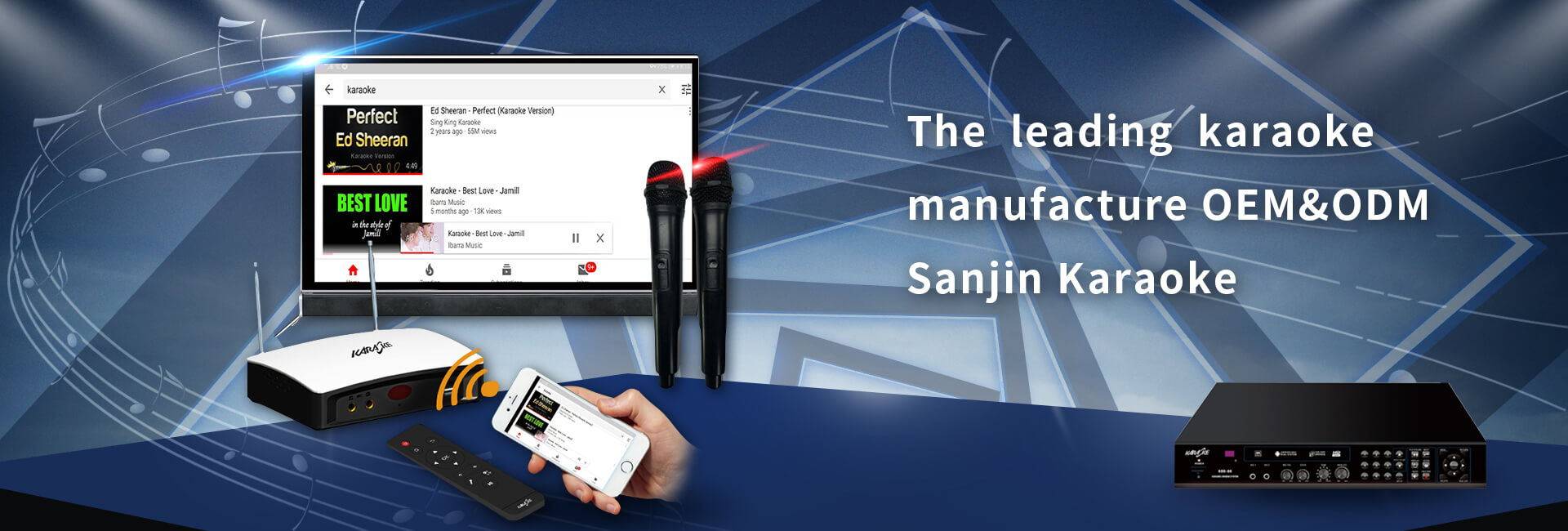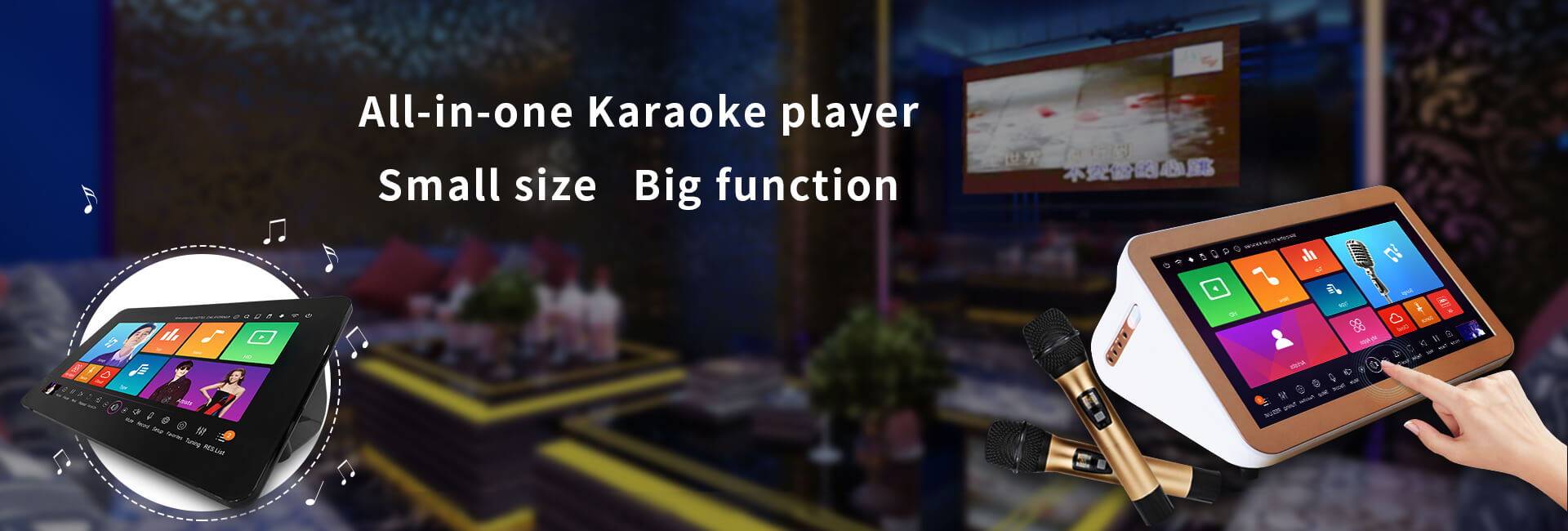The KTV power amplifier is divided into a combined karaoke power amplifier and a combination of front and rear stage separation. According to the type of microphone effect, it is divided into traditional ECHO and DSP. In fact, the traditional ECHO is also an early DSP processor, limited to the technical requirements and cost control at the time, its function is not high, and the application plan is subject to greater constraints. The integrated karaoke power amplifiers planned in the early stage generally have relatively small power, and the supporting speakers are all low-power speakers with high sensitivity. The simplest problem is the feedback whistle (flying mark), which is due to the power storage during high-volume operation. Lack, which constitutes severe signal distortion, coupled with high-sensitivity speaker distortion feedback, the distortion is cyclically expanded, resulting in feedback howling (flying mark). In principle, the primary cause of feedback howling (flying mark) is distortion. Reducing distortion can reduce the probability of feedback howling (flying mark), but it cannot be said that feedback feedback (flying mark) will not be guaranteed. It is said that in the available gain plan, when the gain is large enough, it will also cause feedback whistling (flying mark). In other words, KTV professional power amplifier should try to choose high-power. However, the greater the power of the power amplifier, the harder the sound feel. Through practical experience, each channel within 8Ω300W can be selected. It is very important to choose the KTV power amplifier and the distribution of the speakers. The impedance, sensitivity and power of the speakers will affect the choice of the power amplifier. The general principle is that the power of the high-sensitivity speaker is correspondingly smaller. The power of the power amplifier is twice the power of the speaker, and the sensitivity is low. The power of the speaker is correspondingly larger, and the power of the amplifier is 2.5 to 3 times the power of the speaker, so the equipment is relatively stable. The timbre of an amplifier is the most difficult to determine. It cannot be expressed by words. This is also the most difficult part. It is also the reason why many audio manufacturers can make a living. It is difficult to have a certain king in the audio world. It all depends on personal understanding and choice. A well-planned traditional ECHO effect karaoke amplifier is sufficient for a room less than 18 square meters. However, due to the needs of business management, when you treat sound effects as a product, traditional ECHO will constitute the uncertainty of sound effects. Each guest’s effect debugging requirements may make it impossible for managers to determine the effect in common. The position of the DJ will also make DJ exhausted. The second reason for using a power amplifier with a DSP processor is that the traditional ECHO effect processing chip has a narrow frequency response plan (less than 8KHz) and a low sampling frequency. It appears turbid and weak in an environment that requires high power output and cannot be hit far. Impenetrable. The DSP’s sampling frequency of up to 48K and a wide frequency response plan of 20Hz to 23KHz bring clearer sound quality and better mid- and high-frequency penetration. The third reason for using a power amplifier with a DSP processor is that the DSP effect processor can store multiple effect data, and also bring real and usable Reverb-”reverberation” effects, giving consumers more K-singing experience and real realization Consumer self-service karaoke also greatly reduces the service demand of DJs. Coupled with the active initialization function of the effect of the VOD system, the acoustics of the private room can also reach a common level. To be fair, in a private room under 18 square meters, assuming that the tone is simply evaluated, a well-planned traditional ECHO effect is not inferior to the DSP effect. On the contrary, it appears honest and graceful. DSP is a bit too digital and cannot be soft. When the LPF of DSP is adjusted to 8Khz, the contrast between the two is more obvious, and the main difference is the thickness of the low frequency. The choice of combined KTV power amplifier and front and rear split distribution mainly depends on the practical requirements of the room type. For the room type within 18 square meters, it is recommended to choose a DSP combined karaoke amplifier of about 200W; for the room type above 18 square meters to about 25 square meters, you can choose three channels. A 200W DSP karaoke amplifier is used to add a center speaker for mid- to high-pitched vocal complement; for private rooms over 25 square meters, it is necessary to consider the use of front and rear split distribution. According to the specific analysis of the actual shape of the room, the first consideration is the sound pressure level, Sound field uniformity, reverberation sound field establishment, etc., the characteristics of the primary speaker’s post-amplifier and cooperative speakers to select the appropriate power, and the auxiliary low-power speaker can use multi-channel low-power post-amplifiers to reduce costs.
The choice of KTV private room audio is divided into primary speakers and auxiliary speakers. The primary comment of private room speakers is that the human voice must be outstanding and the dynamic and static phases must be correct (listen to see if the human voice can be sent out, some speakers will feel The vocal is behind the cabinet), the music frequency response should be wide and dynamic enough, you might as well find a pair to compare and choose, the closest one won’t go wrong. The choice of private room speakers should be decided according to the consumption method of the policy consumer group. Karaoke consumers in big cities have more sophisticated consumption concepts, and the classification of entertainment venues is finer. Basically, K and HI can be ignored or less considered. Compatible, see the market positioning of the investor, the first consideration of pure K is the expressive power of the human voice, the 8″ low-pitched speaker has the best expressive power, and the 10″ low-pitched speaker will have much better musicality, and the human voice will be slightly better. Difference.
The mass entertainment malls in second- and third-tier cities were launched late, and consumers’ karaoke consumption concepts were confused. Basically, they believed that KTV was a place to relax. They also needed DISCO for singing, and even HI. The situation varies from place to place. For this compatible demand, 10″ low-sound unit speakers are the main ones, and it is best to use low-sensitivity, so that the planning can withstand the test. Large rooms over 45 square meters generally require the use of 12″ or more low-sound unit speakers , The price of this function is relatively high, of course, the equipment is more than 8″ or 10″ speakers plus auxiliary low-frequency speakers. Each has its own characteristics. The first thing to see is the capital and policy needs. The effect expressed by multiple pairs of 8″ or 10″ speakers will have a softer vocal sound and a better sense of surrounding music, but the sound pressure level and dynamics are not acceptable. Pure K planning is acceptable. 12″ or 15″ speakers are generally horn tweeters, with high sound pressure level, long range, and great dynamics. The disadvantage is that the human voice is healthy. Of course, the 12″ or 15″ speakers specially designed for KTV will also have good performance. The use of 12″ or 15″ KTV professional speakers as the primary speakers generally requires auxiliary speakers. The auxiliary speakers should not exceed 8″. It is best to increase the crossover line to coordinate the sound of the main speakers.
Post time: Nov-25-2021





